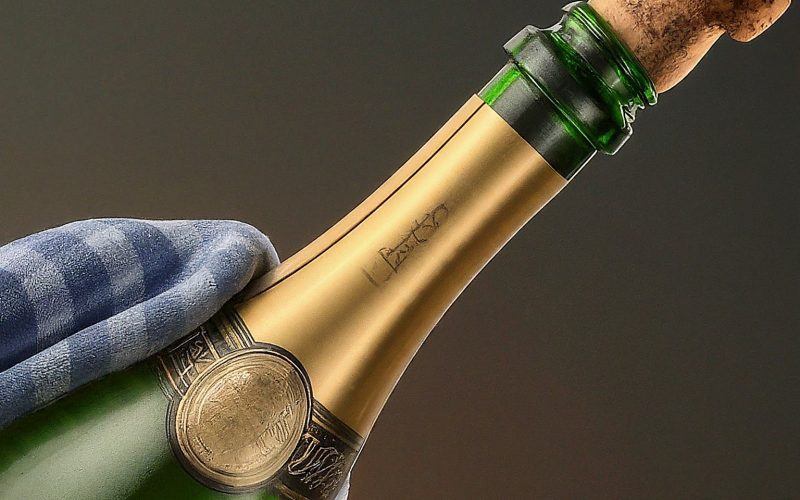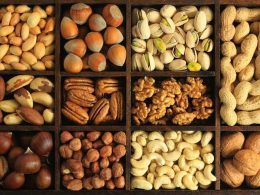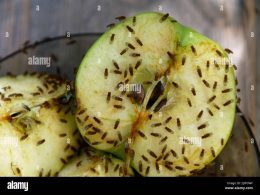About the Author:
Sarah Jones is a science writer with a passion for making complex concepts engaging and accessible. She holds a degree in Physics and enjoys finding the science behind everyday phenomena, especially those involving delicious food and drinks!
Headings:
- The Fizzy Fun of Sparkling Wine
- Pressure Makes Perfect: The Buildup Inside the Bottle
- Cork Rockets: Launching from the Bottle
- Speed and Height: Just How Impressive are These Corks?
- Beyond the Party Trick: The Science of Bubbles
- Safety First: Tips for Responsible Cork Popping
- The Fizz Factor: Exploring Different Sparkling Wine Production Methods
- A Global Celebration: Sparkling Wines from Around the World
- Conclusion: Celebrating Science and Sparkling Delights
Have you ever witnessed the impressive flight of a sparkling wine cork? This seemingly simple party trick is actually a fascinating display of physics and pressure at play. Let’s delve deeper and explore the science behind the pop of a cork, transforming your next celebratory toast into a scientific exploration!
The Fizzy Fun of Sparkling Wine:
The delightful fizz that defines sparkling wine, including champagne, comes from the presence of carbon dioxide (CO2) gas. During the fermentation process, yeast converts the sugars in grapes into alcohol and CO2. In still wines, this CO2 escapes freely during fermentation. However, in sparkling wines, the CO2 is trapped inside the bottle using a specific process called secondary fermentation (méthode traditionelle) or by injecting CO2 into the finished wine.
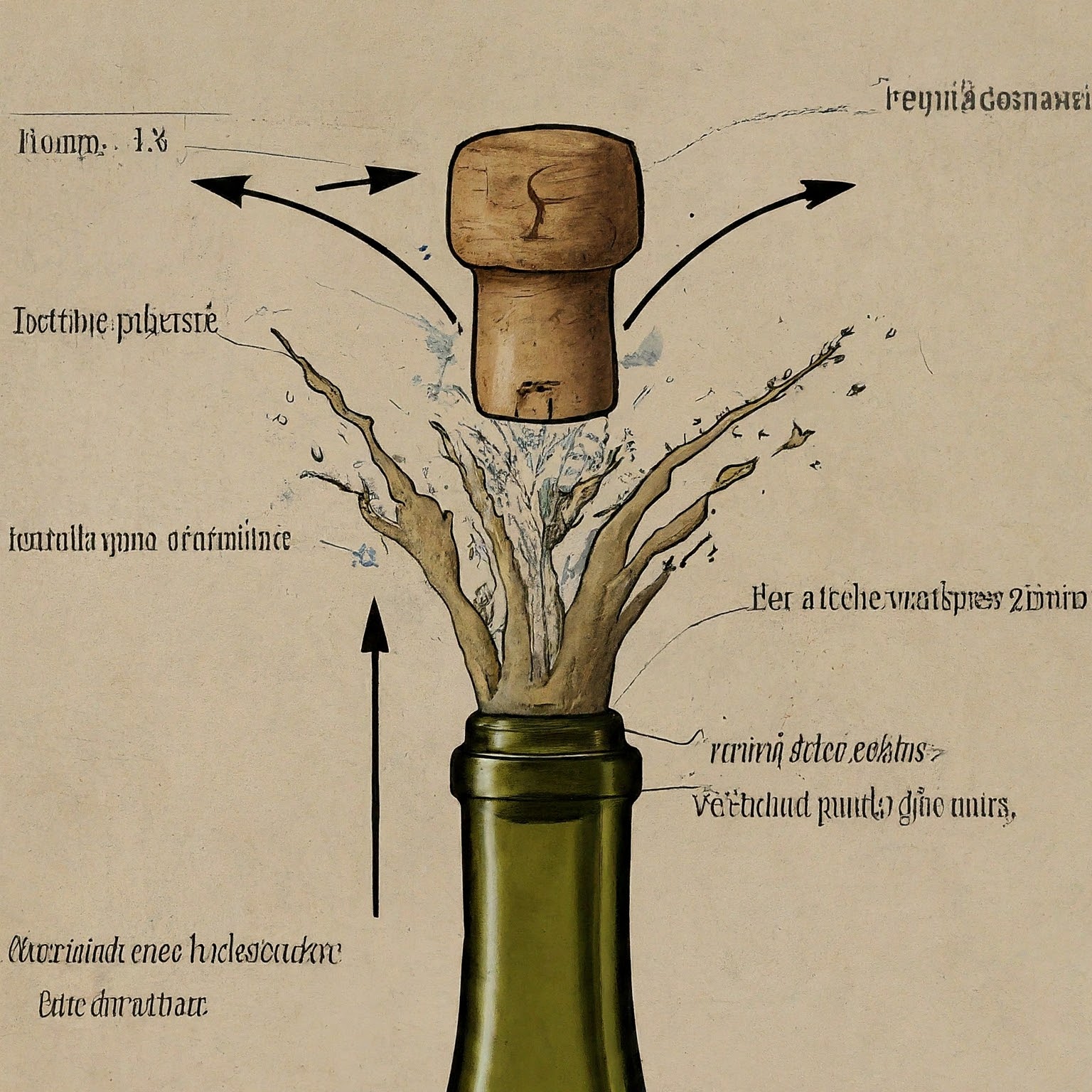
Pressure Makes Perfect: The Buildup Inside the Bottle
As CO2 accumulates in the sealed bottle, it dissolves into the wine, creating significant pressure. This pressure can reach up to 3-6 atmospheres, which is several times higher than the atmospheric pressure outside the bottle. Imagine all those tiny CO2 bubbles waiting patiently, like microscopic partygoers yearning for release!
Cork Rockets: Launching from the Bottle
The cork acts as a barrier, holding back the pressurized liquid and gas inside the bottle. When the cork is removed, the pressure is suddenly released, propelling the cork outward like a miniature rocket. The force of the escaping CO2 can propel the cork at speeds exceeding 14 meters per second, reaching heights of up to 12 meters – that’s faster than you can blink and as high as a four-story building! According to a study published in [source about supersonic champagne cork], the gas flow itself can even reach supersonic speeds, creating a fascinating shockwave similar to those seen during rocket launches.
Informative Table: The Physics of a Popping Cork
| Feature | Description |
|---|---|
| Pressure Inside Bottle | 3-6 atmospheres |
| Cork Velocity | Up to 14 meters per second |
| Maximum Height | Up to 12 meters |
| CO2 Gas Flow Speed | Can reach supersonic speeds |
Speed and Height: Just How Impressive are These Corks?
The next time you pop a bottle of bubbly, take a moment to appreciate the impressive feat of engineering and physics at play. These tiny corks are capable of reaching remarkable speeds and heights, all thanks to the power of trapped CO2 gas. While some sources estimate the height to be around 30 meters [source about 30 meter cork height], it’s important to remember that various factors like bottle pressure and cork quality can influence the trajectory.
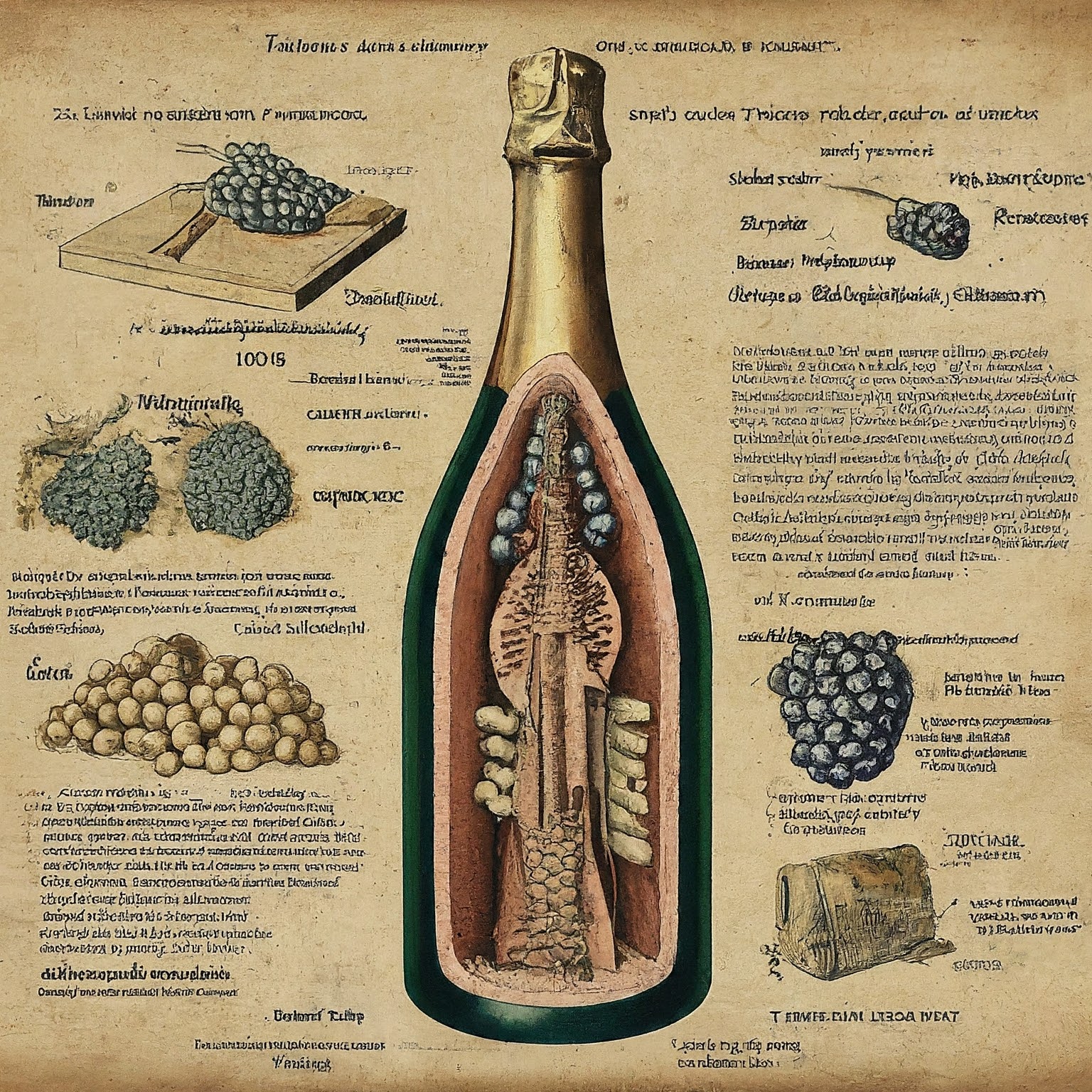
Beyond the Party Trick: The Science of Bubbles
The science behind the pop of a cork is intricately linked to the formation and behavior of bubbles in sparkling wine. The pressure inside the bottle not only forces CO2 into solution but also creates tiny nucleation sites on the inside of the bottle and on the surface of the wine. As the pressure is released, these nucleation sites become the foundation for the formation of the delightful bubbles we enjoy in our sparkling beverages. Research by Dr. Gérard Liger-Belair at the University of Reims Champagne-Ardenne [source about Liger-Belair’s research] has explored the various factors influencing bubble size, number, and their impact on the taste and aroma of sparkling wines.
Safety First: Tips for Responsible Cork Popping
While the science behind the popping cork is fascinating, it’s important to remember safety first. Always point the bottle away from yourself and others when opening sparkling wine. A rogue cork can cause injury, so ensure the bottle is angled safely away from any crowds.
-
Use a towel or napkin to gently guide the cork as it is released. This provides additional control and helps prevent the cork from becoming a projectile.
-
Avoid shaking the bottle excessively before opening. Excessive shaking can agitate the CO2 and lead to a more forceful pop, potentially causing the cork to fly out uncontrollably.
-
Chill the bottle before opening. Colder temperatures help keep the CO2 dissolved in the wine, resulting in a more controlled release and a less violent pop.
-
Consider using a cage closure (muselet) for extra security. These wire cages, commonly seen on champagne bottles, provide an additional layer of control over the cork, especially for those who might be new to opening sparkling wines.
The Fizz Factor: Exploring Different Sparkling Wine Production Methods
The level of fizz and the characteristics of the bubbles in sparkling wine can vary depending on the production method used. Here’s a closer look at two main methods:
-
Méthode Traditionnelle (Traditional Method): This is the classic method used for champagne and many other high-quality sparkling wines. After the initial fermentation in tanks, the wine undergoes a secondary fermentation in the bottle. Yeast and sugar are added to the bottled wine, triggering a second round of CO2 production. The trapped CO2 gas creates the signature bubbles in the final product. The extended time spent on the lees (dead yeast cells) in the bottle also contributes to the development of complex flavors and aromas.
-
Charmat Method (Tank Method): This is a more rapid and cost-effective method for producing sparkling wine. The secondary fermentation takes place in large pressurized tanks instead of individual bottles. The Charmat method can still produce enjoyable sparkling wines, but they may have larger bubbles and a less complex flavor profile compared to those made using the méthode traditionelle.
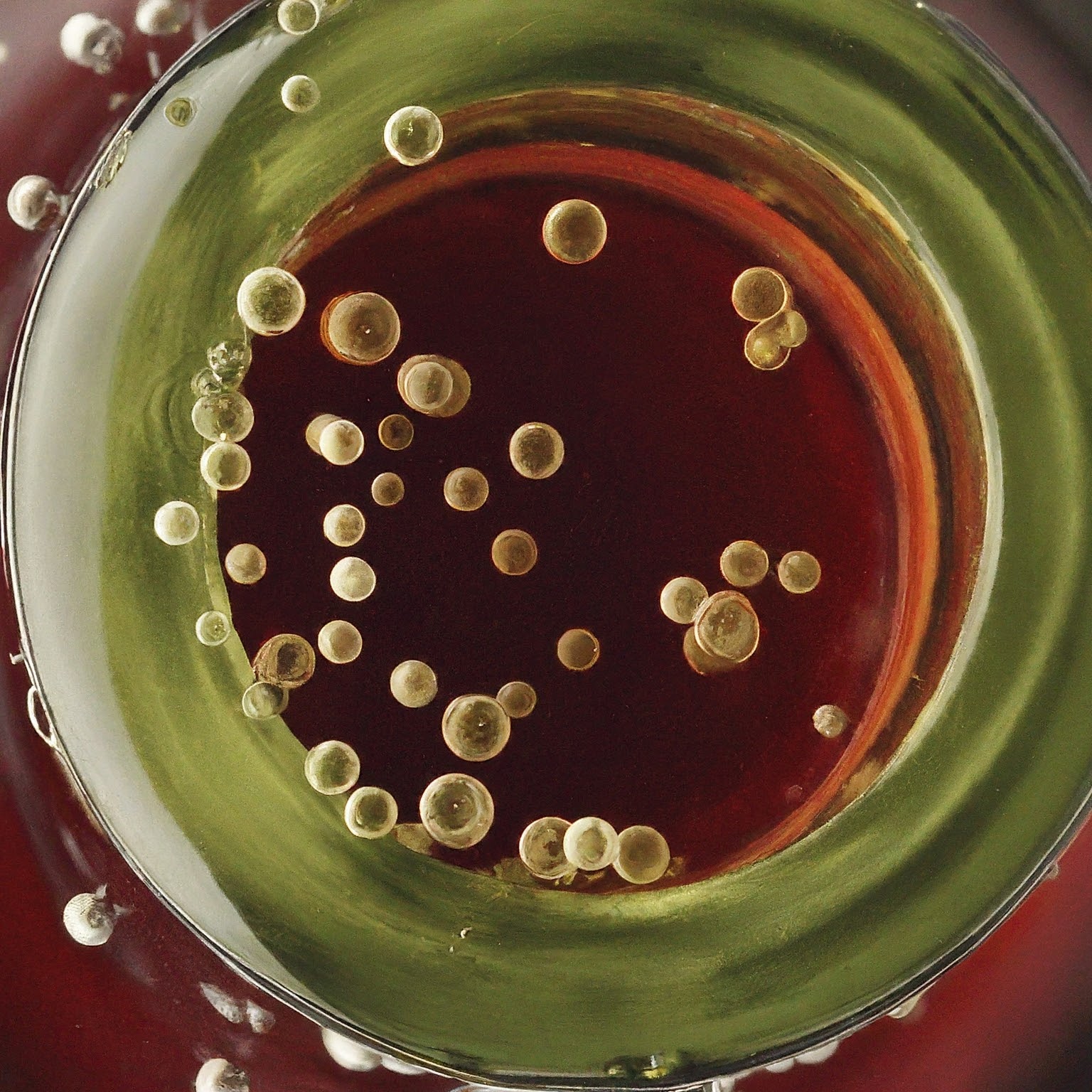
Picture by: Google Gemini
A Global Celebration: Sparkling Wines from Around the World
While champagne reigns supreme in the world of sparkling wines, there are many other delightful options to explore from various regions:
-
Cava (Spain): Produced primarily in the Penedès region of Spain, Cava is a high-quality sparkling wine made using the méthode traditionelle. It often offers a good value compared to champagne and can exhibit citrusy and nutty flavors.
-
Prosecco (Italy): This popular Italian sparkling wine comes from the Veneto region and is known for its light, fruity style. Prosecco is typically produced using the Charmat method, resulting in a bubbly and refreshing drink.
-
Crémant (France): Made in various regions outside of Champagne in France, Crémant offers a diverse range of styles depending on the grape varietals used and the production method. Crémant de Loire, for example, is known for its crisp acidity and minerality.
-
Sparkling Shiraz (Australia): Australia has emerged as a significant producer of sparkling wines, with Shiraz grapes being a popular choice. These sparkling Shiraz wines can offer bold fruit flavors with hints of spice and pepper.
Conclusion: Celebrating Science and Sparkling Delights
The next time you raise a glass of sparkling wine, take a moment to appreciate the science that goes into creating this festive beverage. From the intricate process of trapping CO2 to the physics behind the cork’s impressive flight, sparkling wine is a testament to the fascinating interplay between science and human ingenuity. So, pop open a bottle, savor the delightful bubbles, and celebrate the scientific discoveries that bring this bubbly joy to our tables!






